Best Medical Devices for Monitoring Asthma | CMI Health

Asthma can be a difficult diagnosis, as it is a lifelong disease that causes inflammation and swelling of the airways. Symptoms often range in severity, and can include shortness of breath, coughing, and chest pain. Despite it being such a common disease, as 1 in 13 Americans are asthmatic, many people still struggle with properly monitoring their asthma (AAFA, 2022). Properly monitoring asthma can reduce the number of asthma attacks an individual may experience, as well as more serious complications like hospital visits or emergency surgery.
Spirometry and Why It’s Useful
Managing asthma from the comfort of one’s own home is often ideal for those that struggle with it, as it is far more convenient and cost-effective than frequent doctor visits. This is why medical devices such as spirometers are so useful for asthmatic patients. So, what is spirometry exactly? Spirometry is a lung function test that measures how much air you can breathe in and out of your lungs, as well as how easily and fast you can blow the air out of your lungs. These measurements can be expressed as Force Vital Capacity (FVC) and Forced Expiratory Volume (FEV).
- FVC - This is the largest amount of air that you can forcefully exhale after breathing in as deeply as you can. A lower-than-normal FVC reading indicates restricted breathing (Mayo Clinic, 2017).
-
FEV - This is how much air you can force from your lungs in one second. This reading helps your doctor assess the severity of your breathing problems. Lower FEV-1 readings indicate more significant obstruction (Mayo Clinic, 2017).
Different Types of Spirometers
There are two main types of spirometers: incentive spirometers and digital spirometers, you can learn more about the differences here and how to properly read spirometer measurements here.
- Incentive Spirometers - They are handheld medical instruments used to promote lung recovery after illness, infection, or surgery. They are extremely helpful for promoting lung activity and expansion, preventing fluid buildup, and with deep breathing or coughing exercises.
-
Digital Spirometers - Digital Spirometers can also detect significant lung obstruction and limited breathing capacity through FVC and FEV measurements, which can be indicators of serious potential complications.
At-home digital spirometers, such as our SpiroLink®, are especially beneficial for individuals that suffer with chronic asthma as they monitor pulmonary function and the effectiveness of daily breathing treatments. With the SpiroLink®, users can record their breathing data on our innovative app and present precise respiratory data to their physician for further professional review. Our digital smart spirometer is specifically designed to be durable and efficient due to a unique pressure sensing system.
Our Upcoming AsthmaGo™ App
We also have an upcoming app designed specifically for people that suffer from asthma. AsthmaGo™ is a self-management solution that seamlessly connects to smart, home-use medical devices. When paired with CMI Health devices, users can easily measure, organize, and share their pulmonary condition data with their physician or family members. This provides a complete and precise picture of health conditions in real-time. Users can also log their daily symptoms, medication use, and more, allowing for enhanced self-management of personal diet, exercise, and lifestyle habits. Activation of low oxygen and high pulse rate alarms can alert the user to an oncoming or ongoing Asthma attack.
Different Types of Inhalers
Finally, asthma inhalers are extremely useful for treating unfavorable symptoms and conditions. Asthma inhalers are hand-held, portable devices that deliver medication to your lungs (Mayo Clinic, 2022). A variety of asthma inhalers are available to help control asthma symptoms, such as metered-dose inhalers, dry powder inhalers, and soft mist inhalers.
- Metered-Dose Inhalers - These inhalers consist of a pressurized canister containing medication that fits into a boot-shaped plastic mouthpiece. With most metered-dose inhalers, medication is released by pushing the canister into the boot (Mayo Clinic, 2022).
- Dry Powder Inhalers - These are a device that delivers medication to the lungs in the form of a dry powder. Rather than a chemical propellant to push the medication out of the inhaler, you release the medication in these inhalers by breathing in a deep, fast breath (Mayo Clinic, 2022).
- Soft Mist Inhalers - These inhalers are propellant-free devices that are slightly larger than conventional metered dose inhalers. These devices release a low-velocity aerosol mist that can be slowly inhaled over a longer period than metered dose and dry powder inhalers (Mayo Clinic, 2022).
Living with asthma can be challenging —especially when you are first learning how to monitor and measure it. We at CMI Health work tirelessly to provide those living with asthma or other chronic respiratory conditions with the proper equipment to monitor and manage their lung health on a day-to-day basis.
Still have questions? Feel free to contact us at info@cmihealth.com or call us at 888-985-1125 (ext. 1).




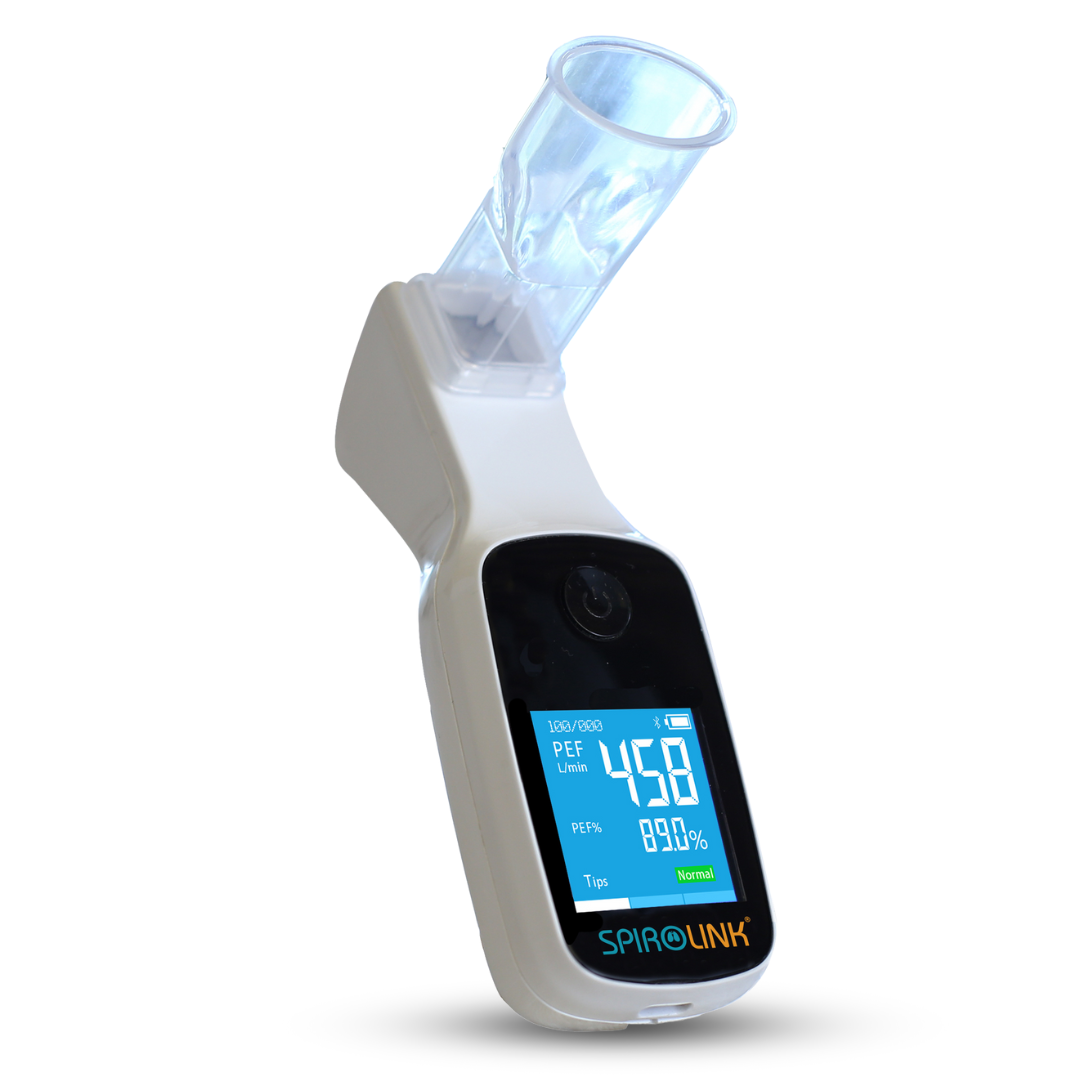
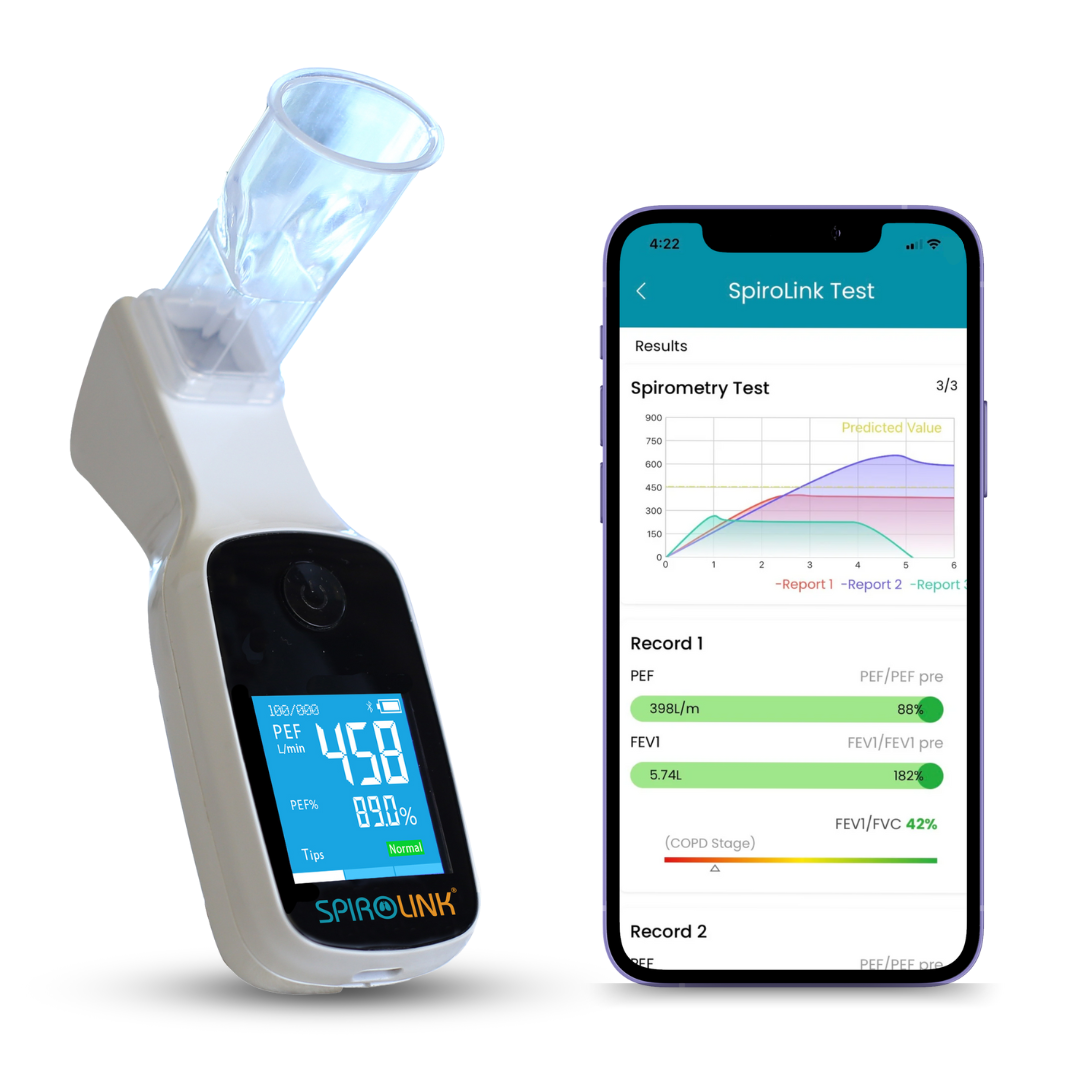
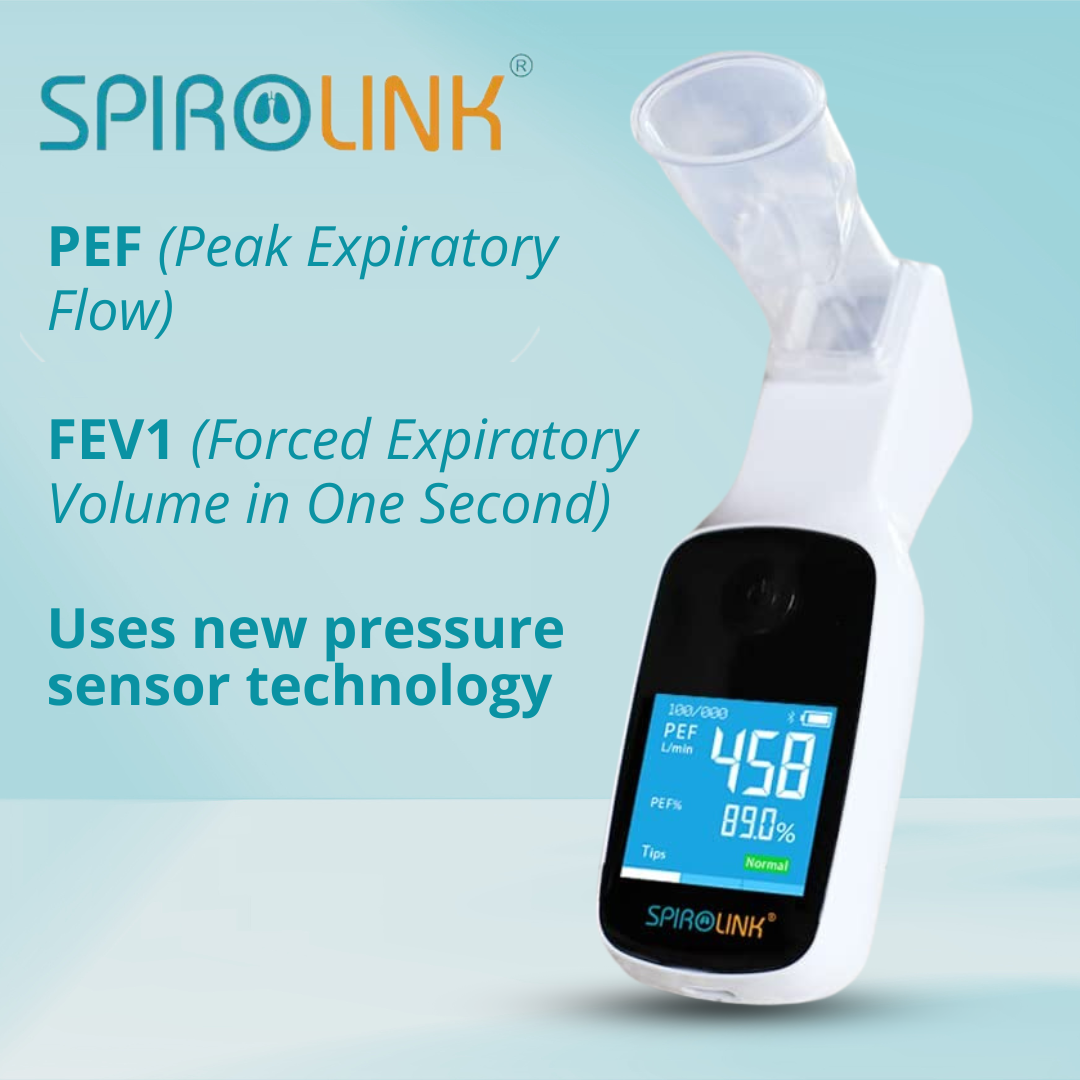

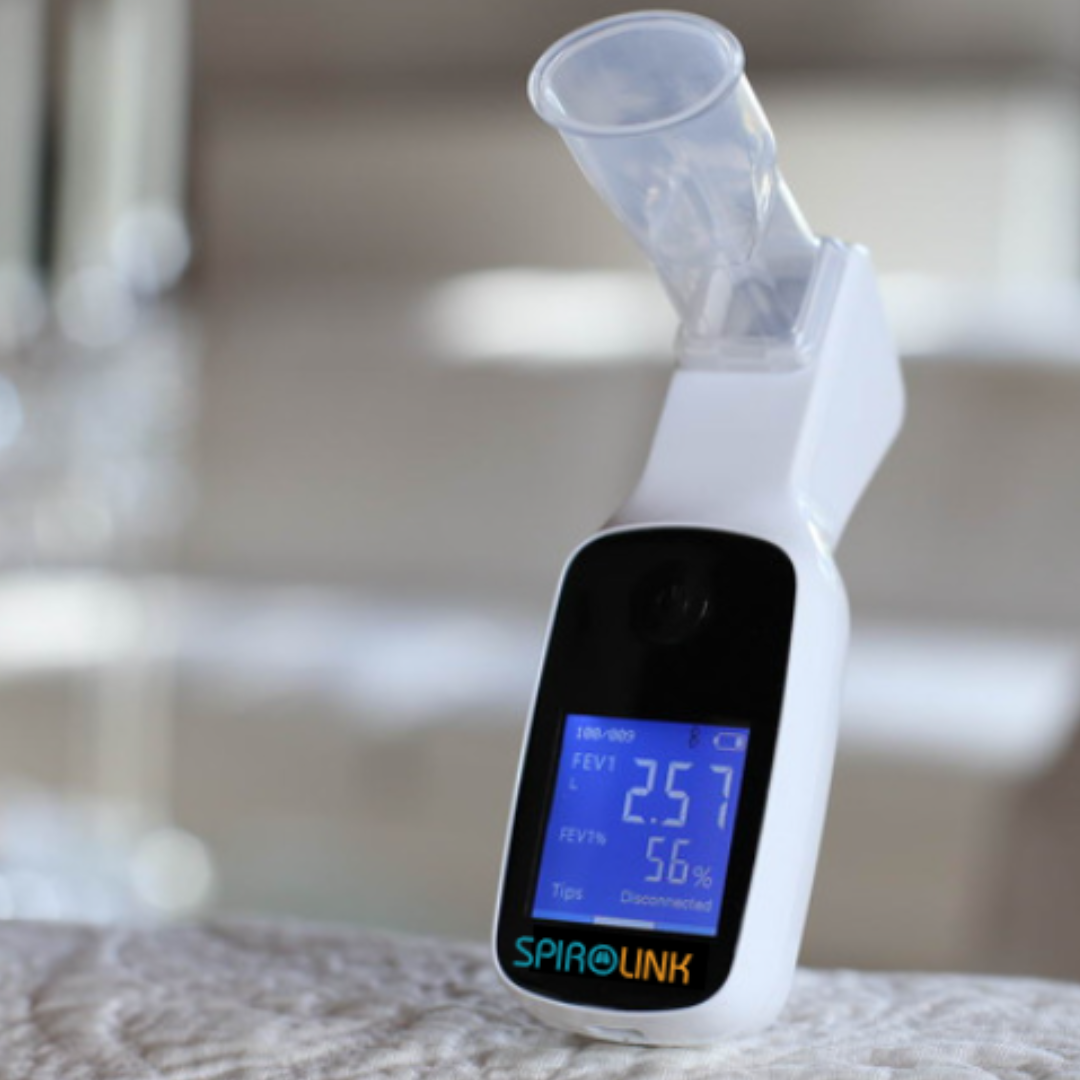
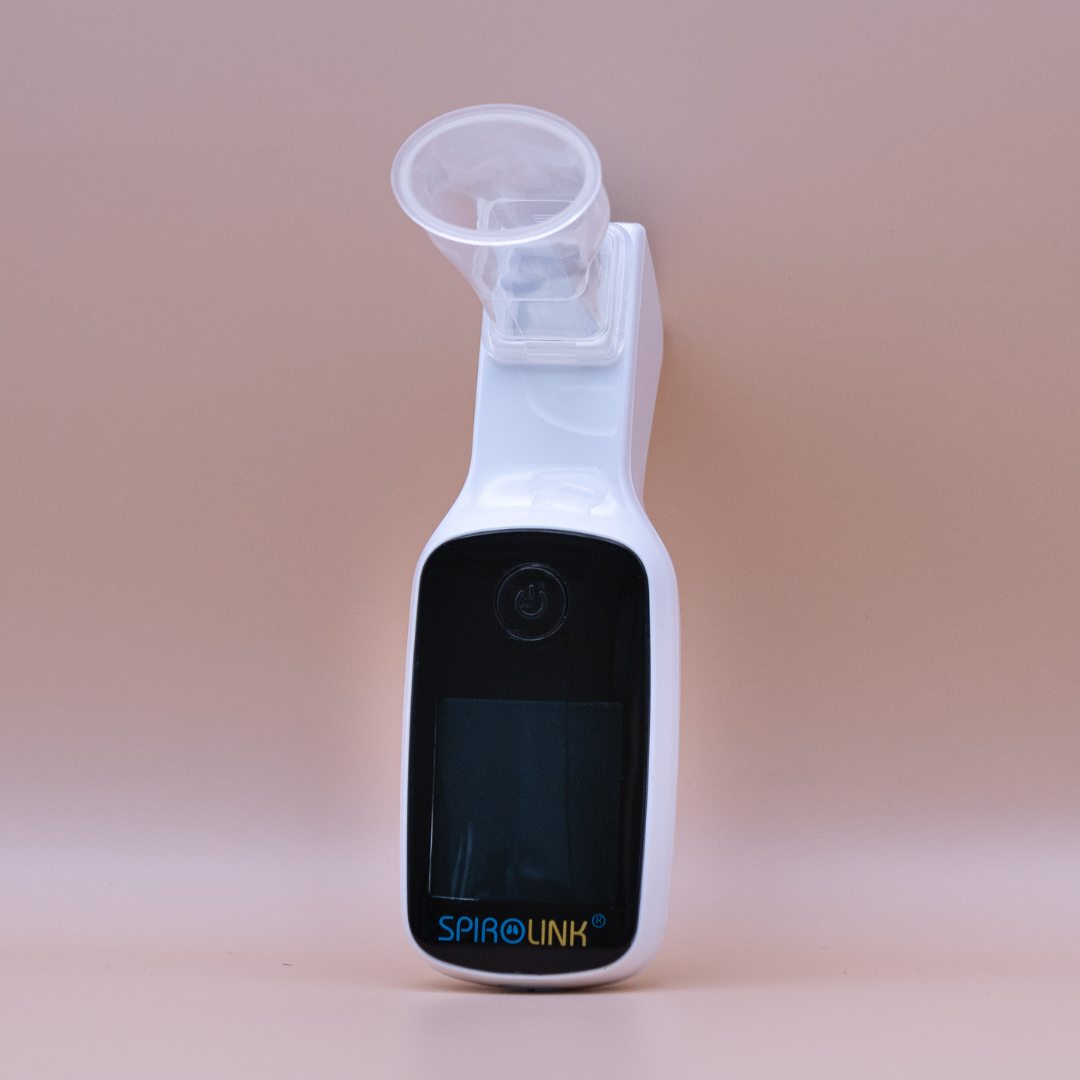

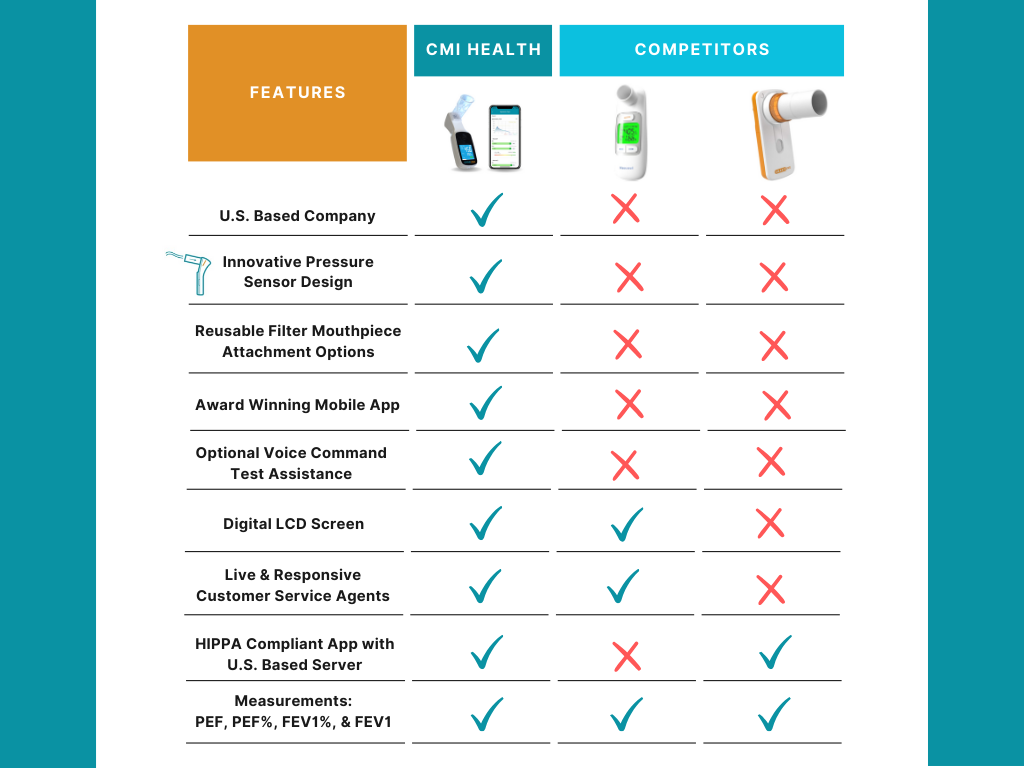
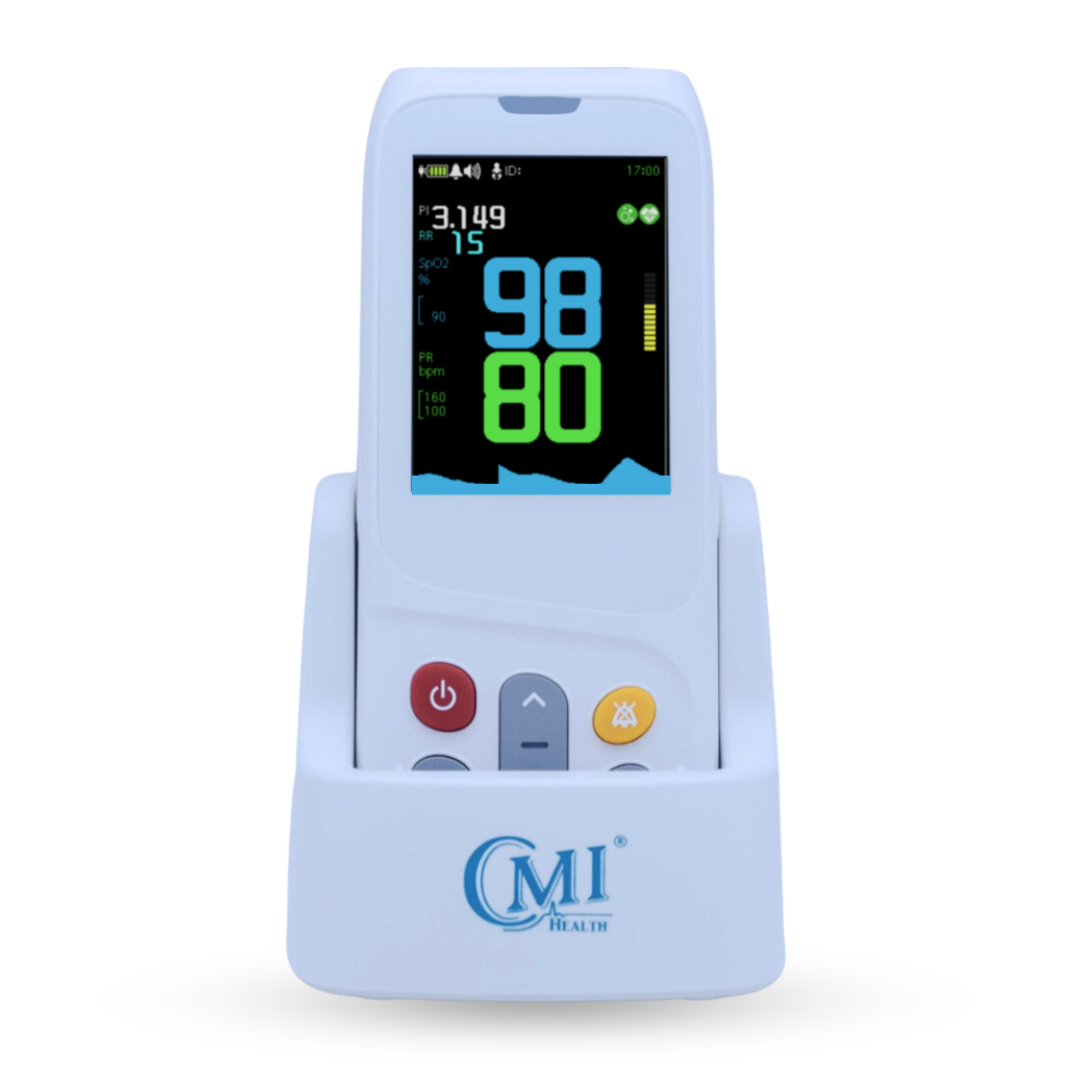
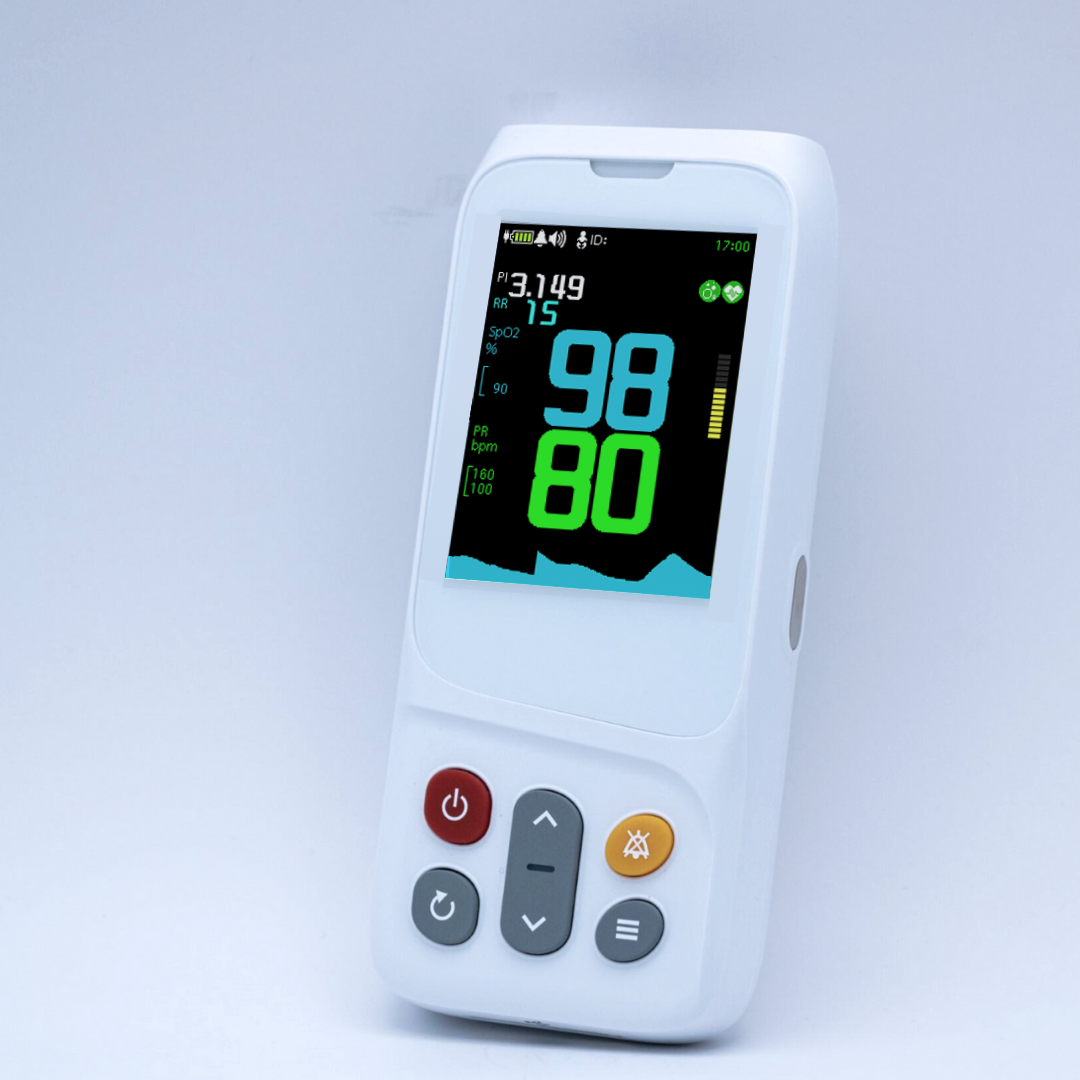
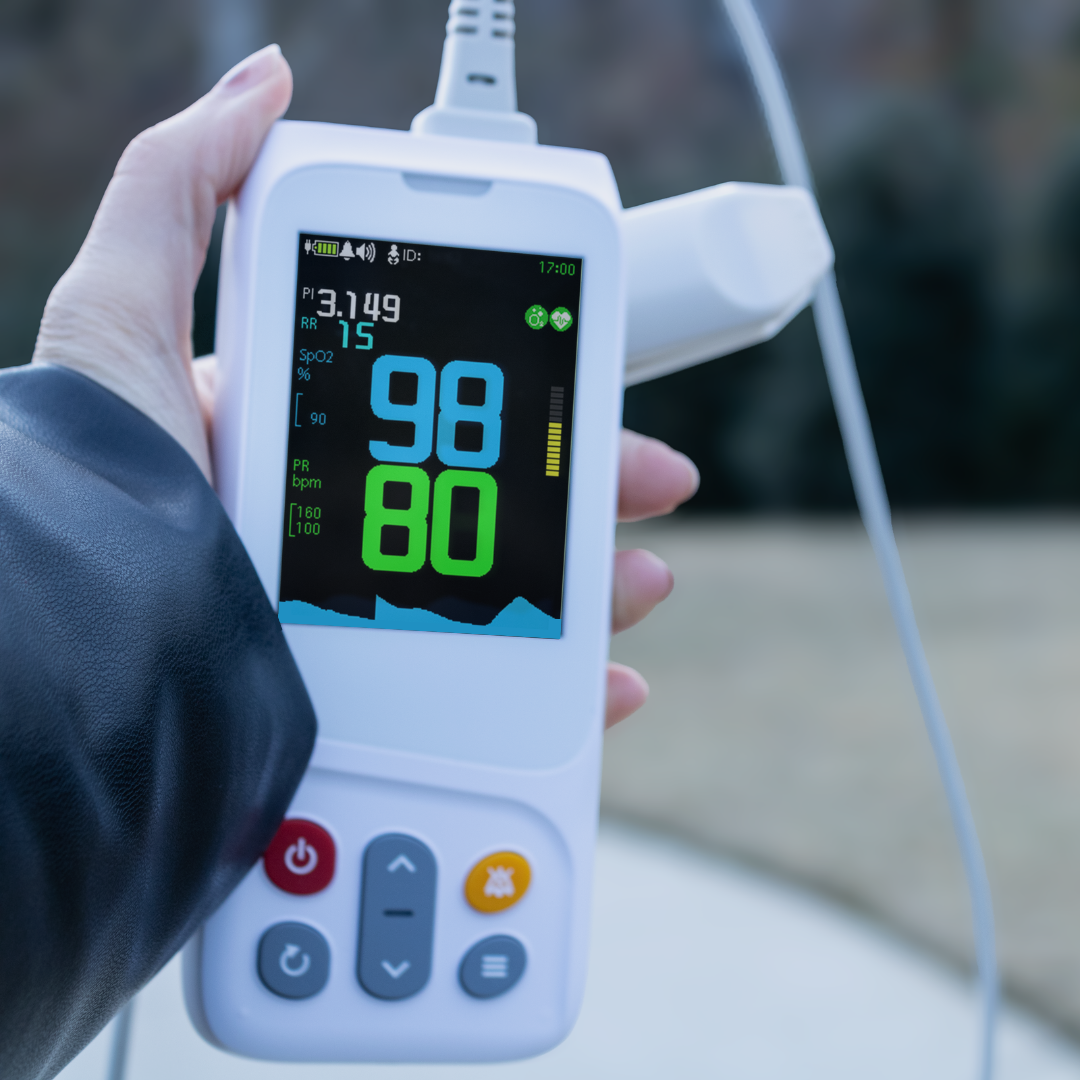
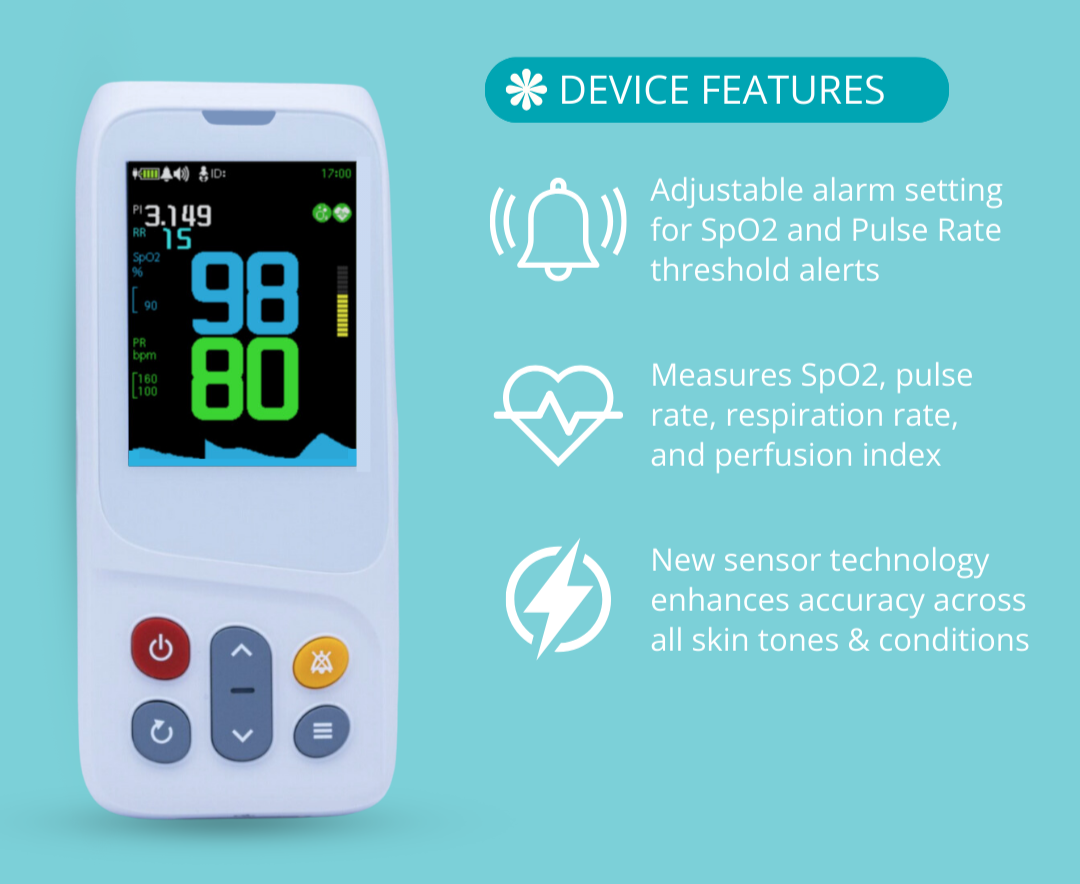
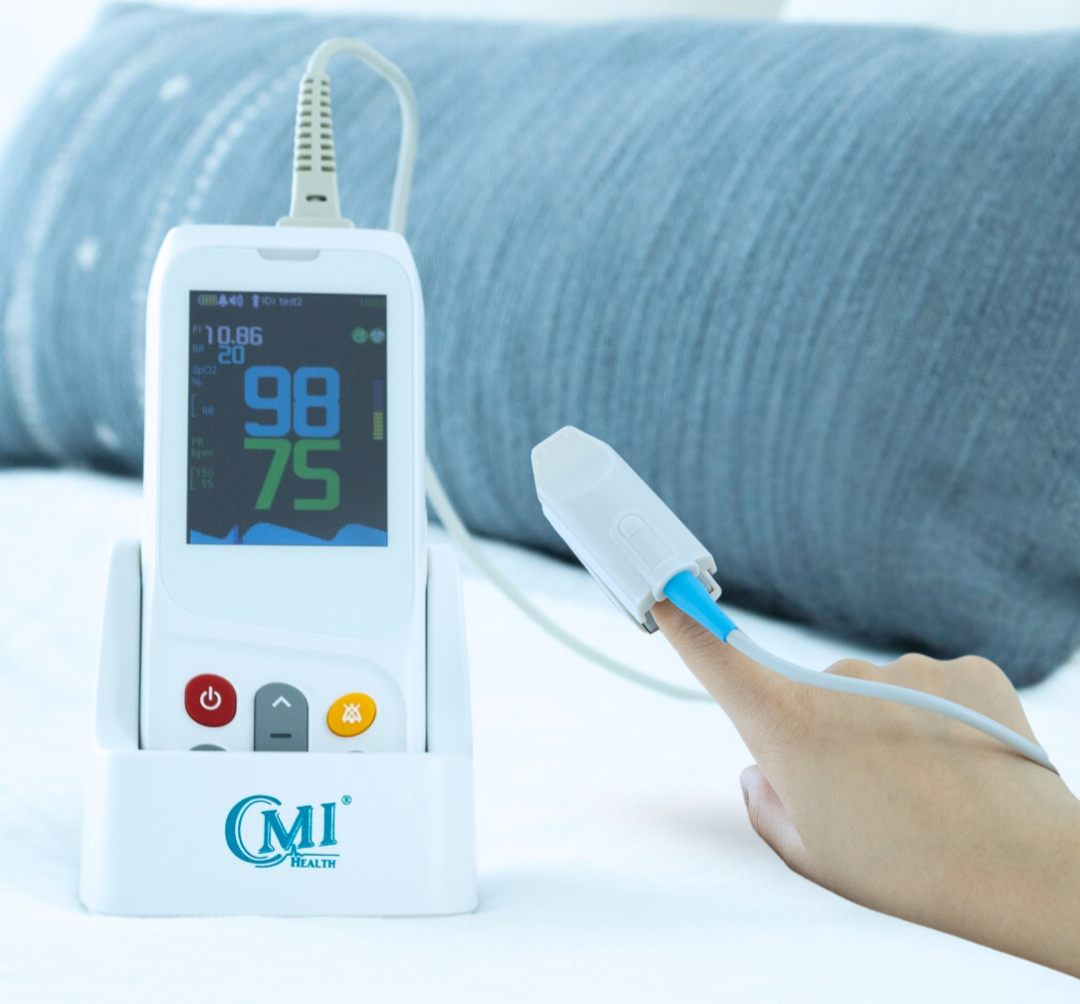
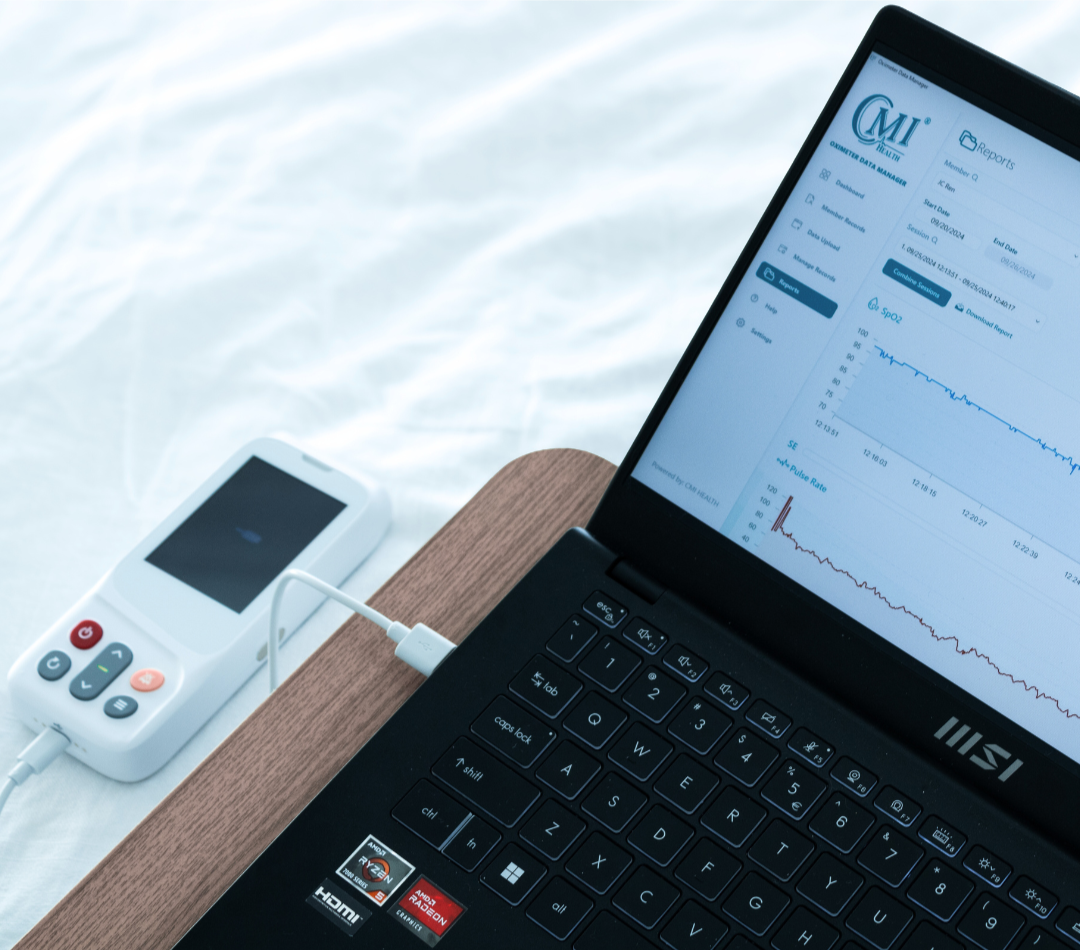
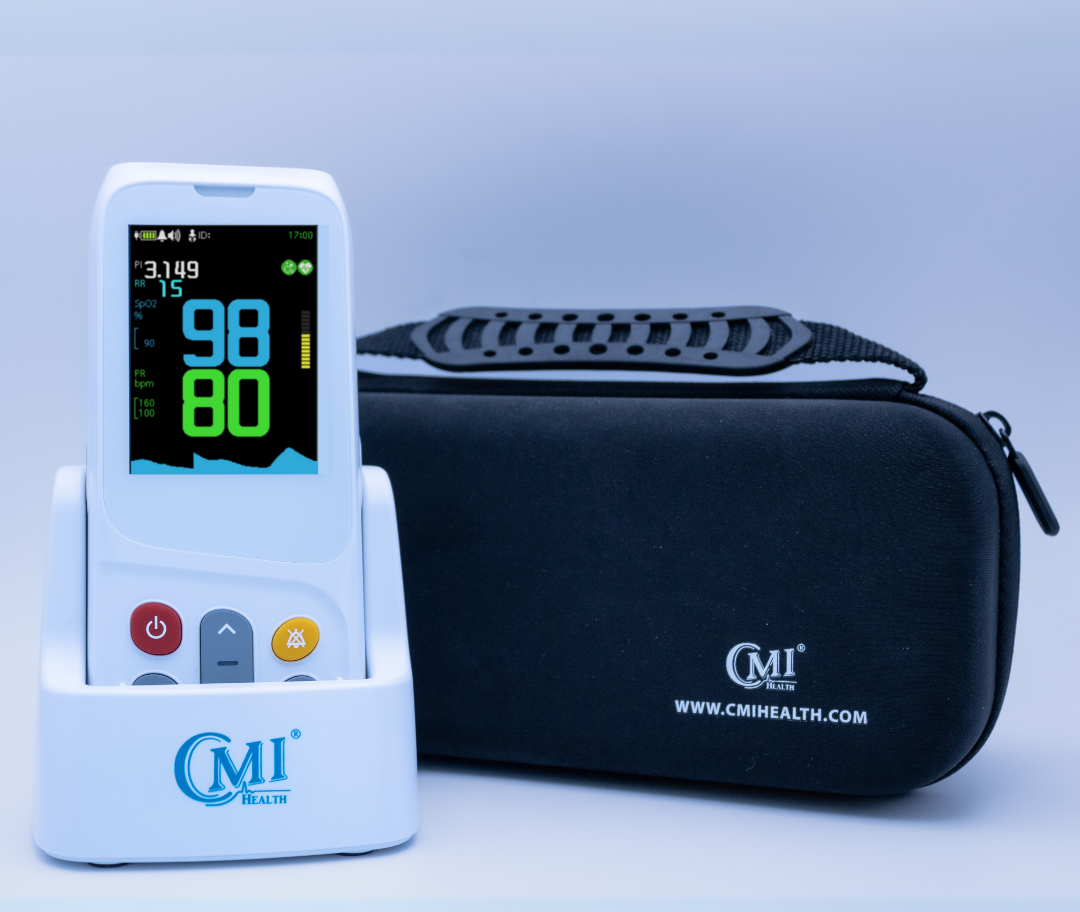
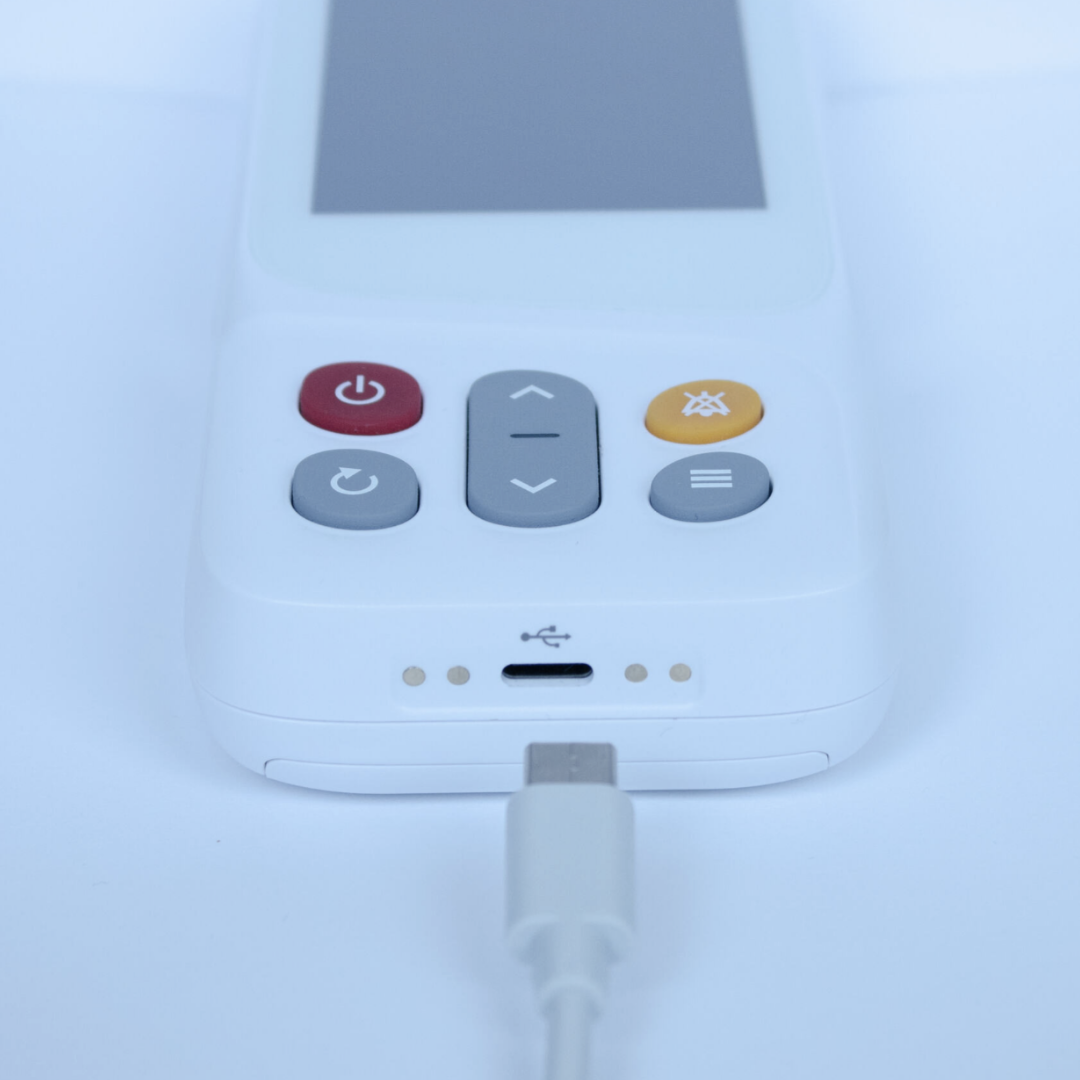
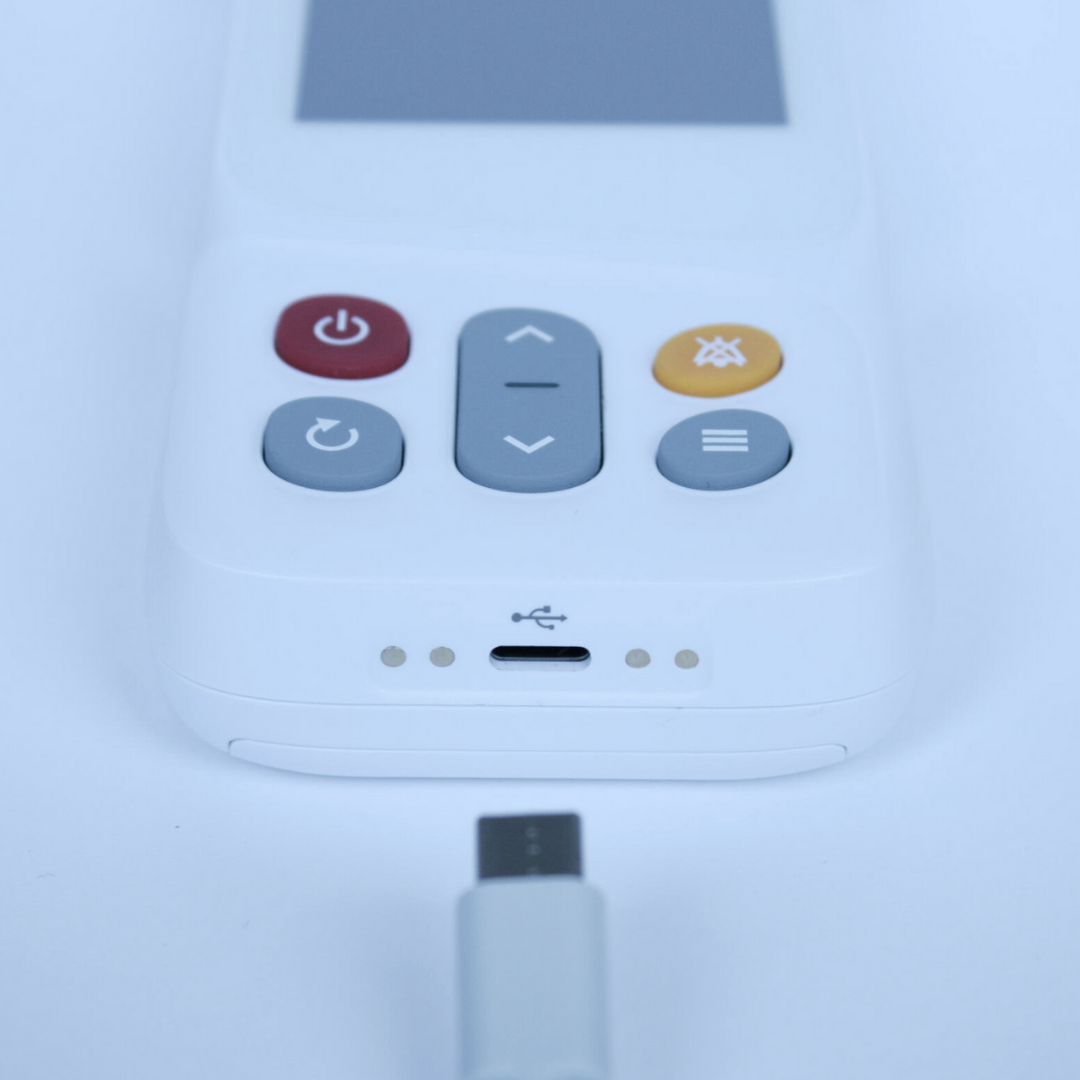
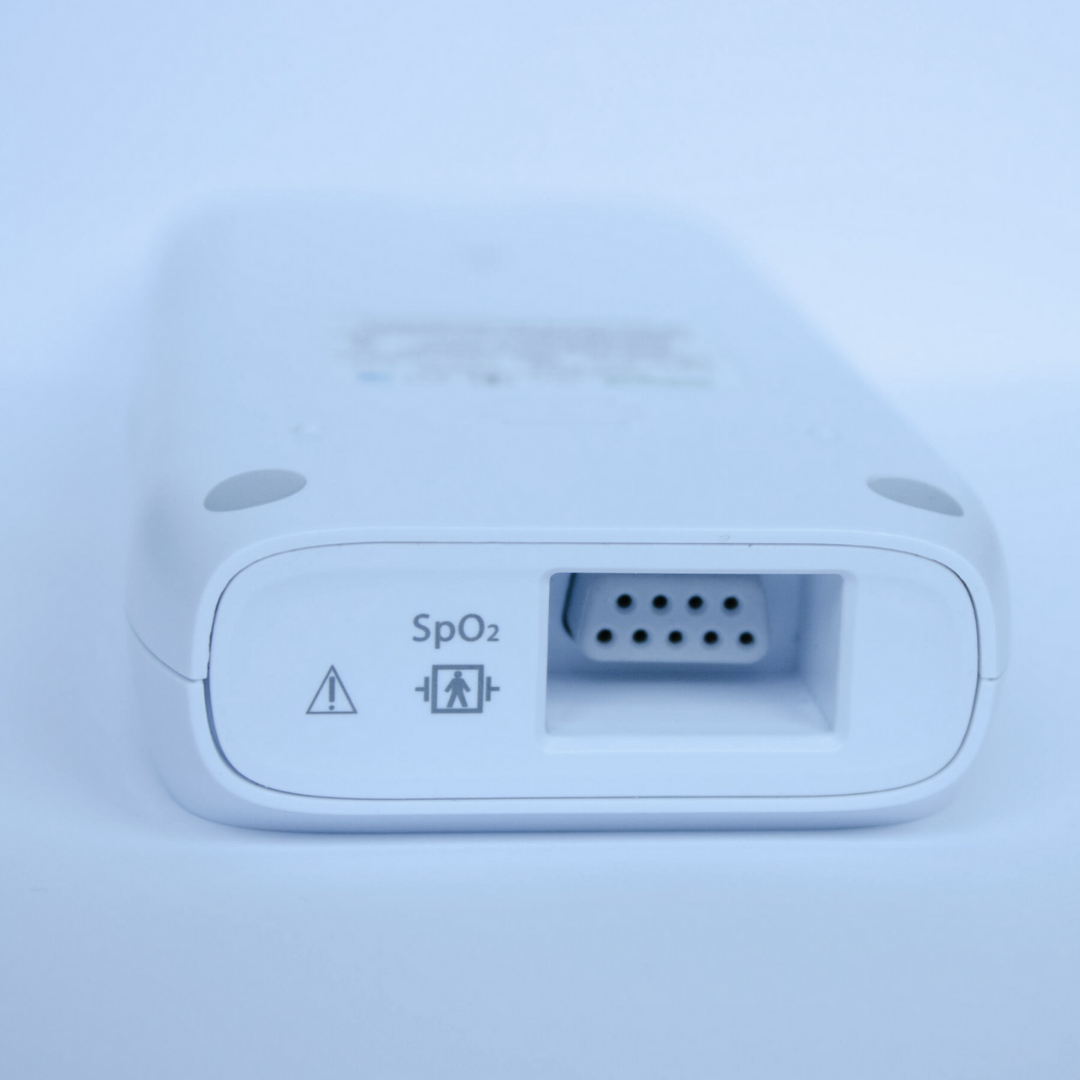
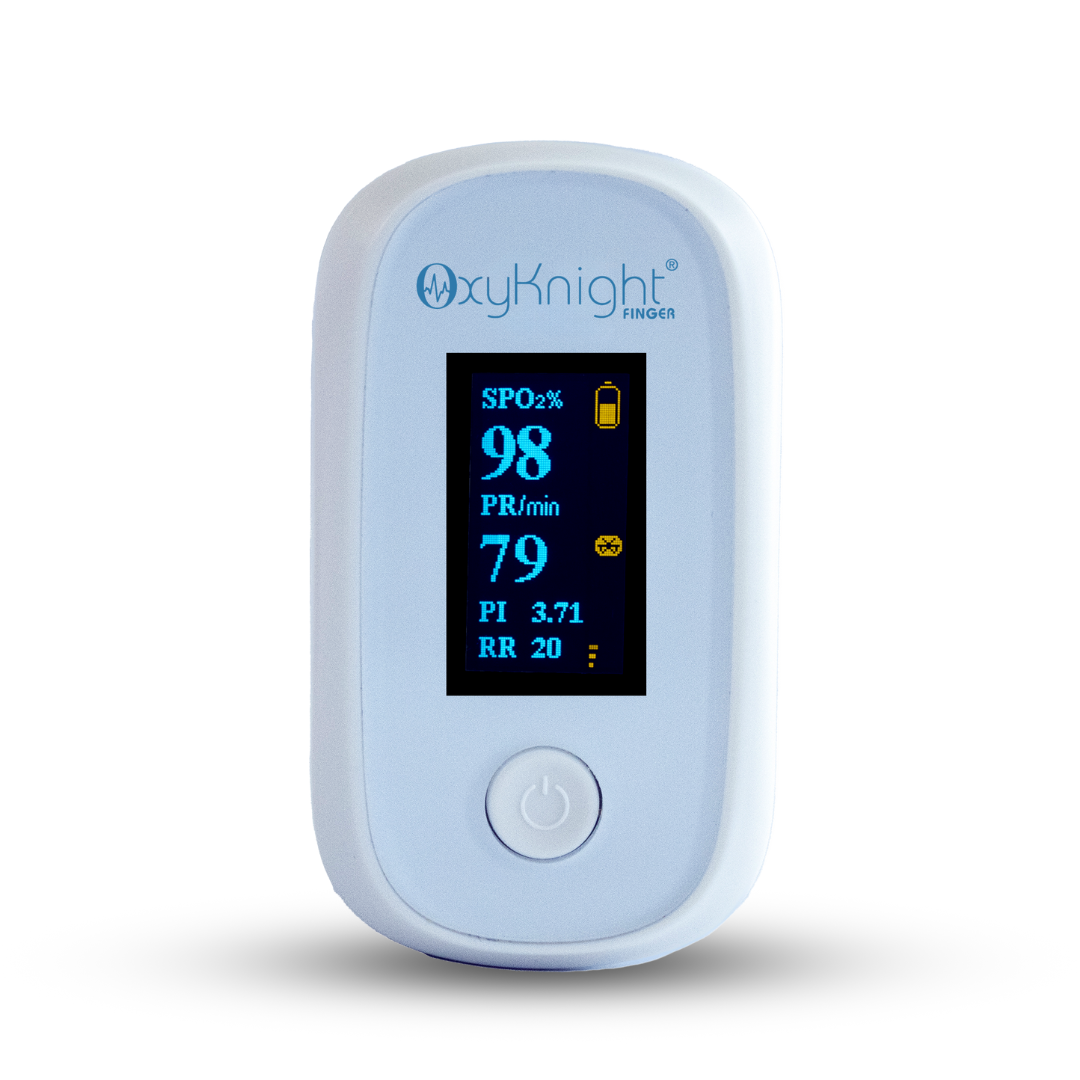
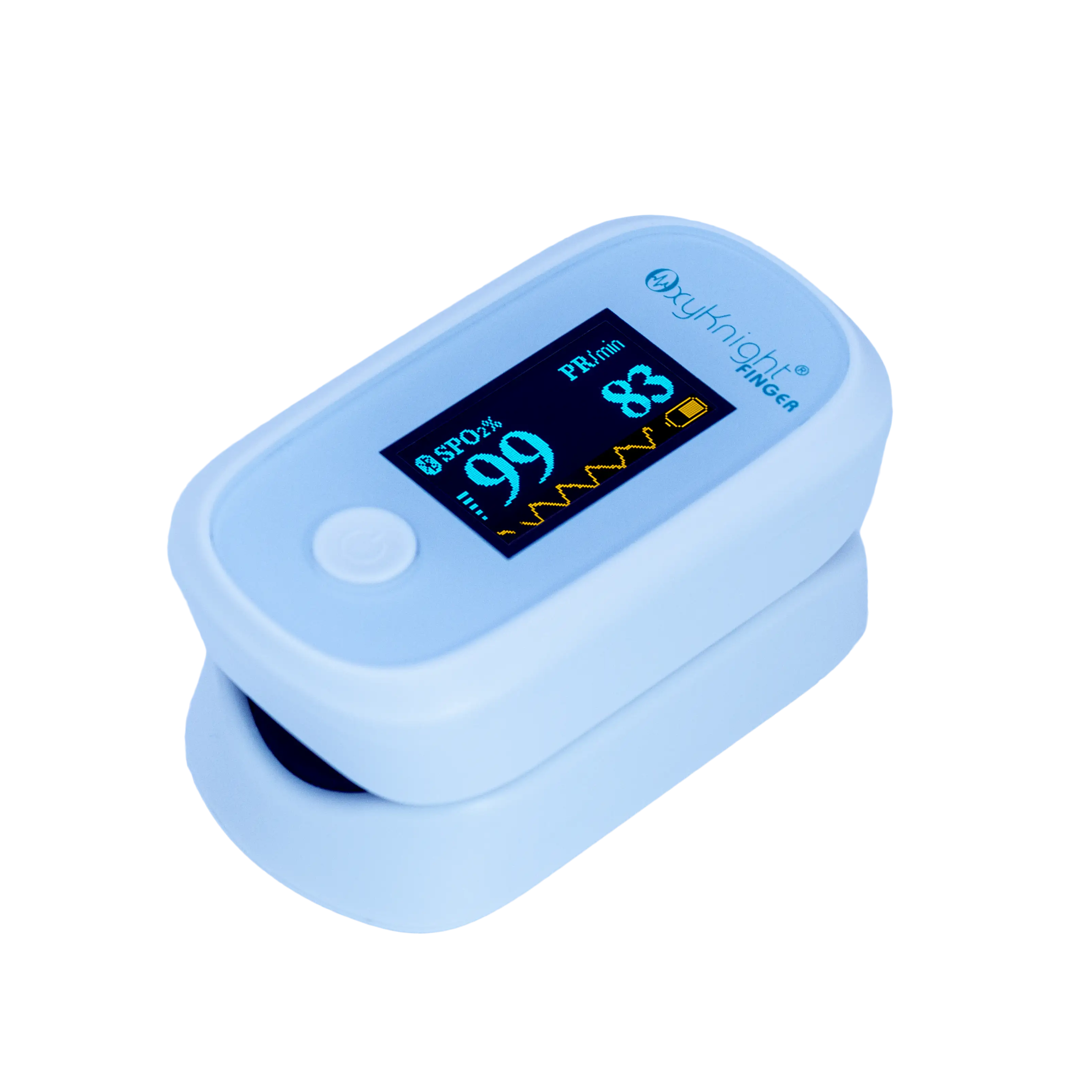
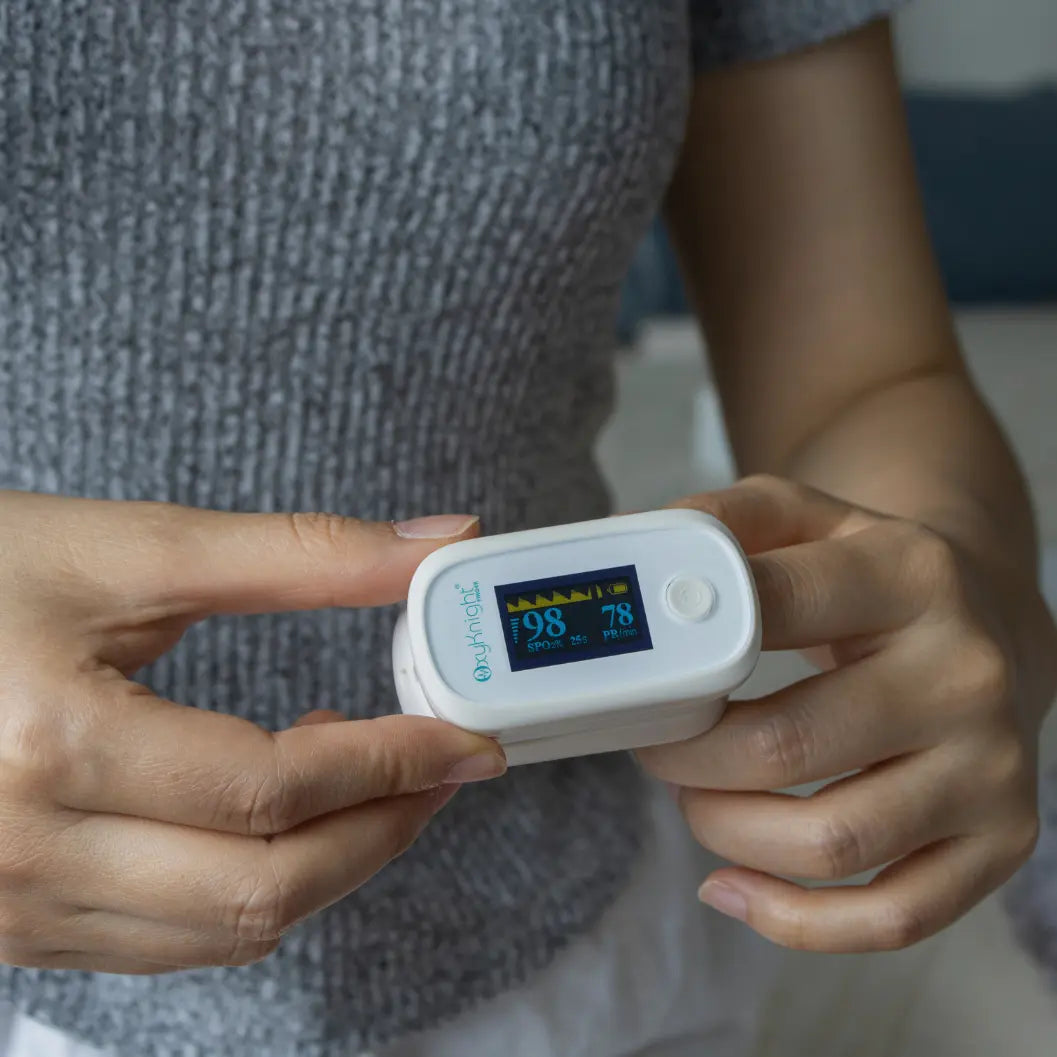
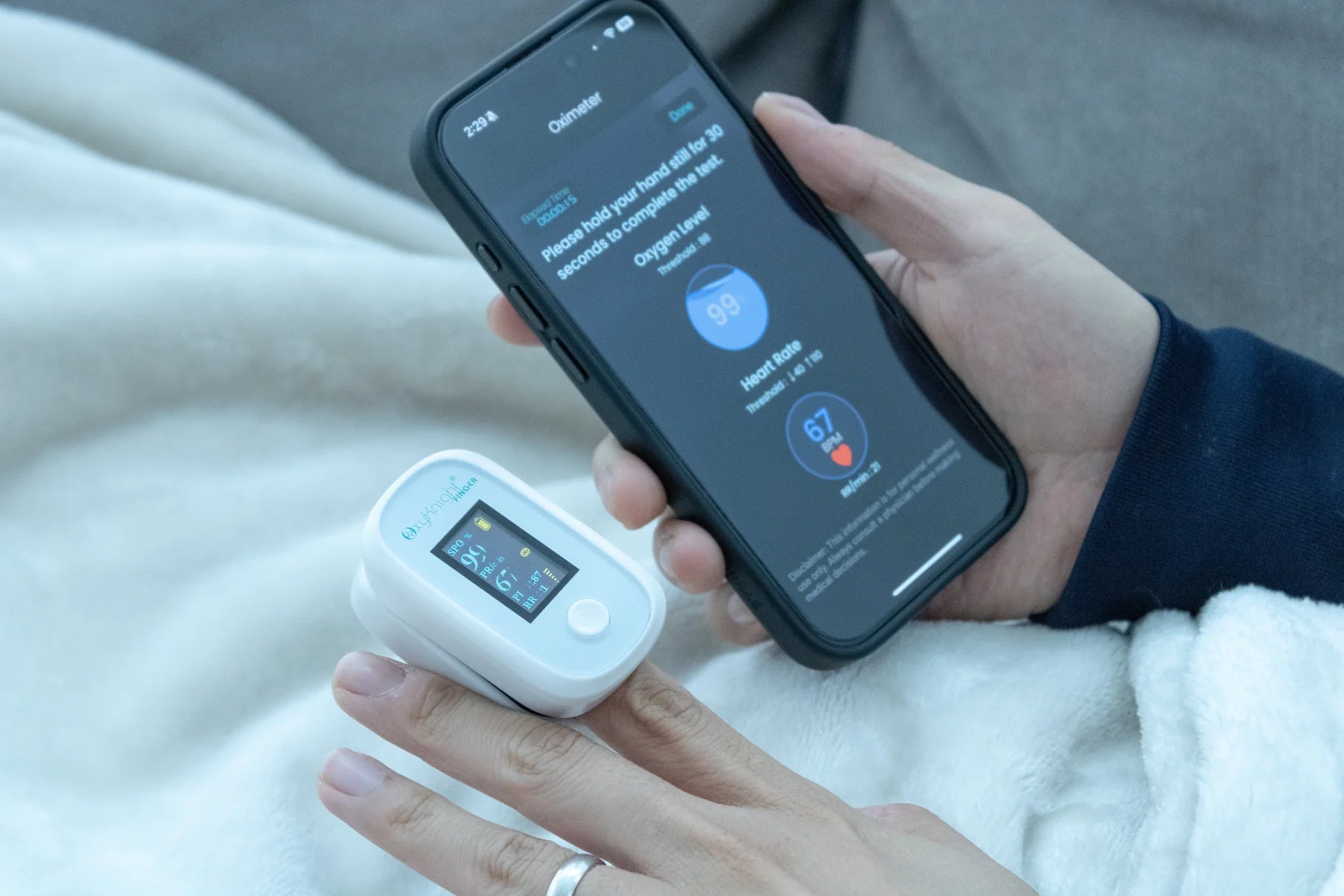
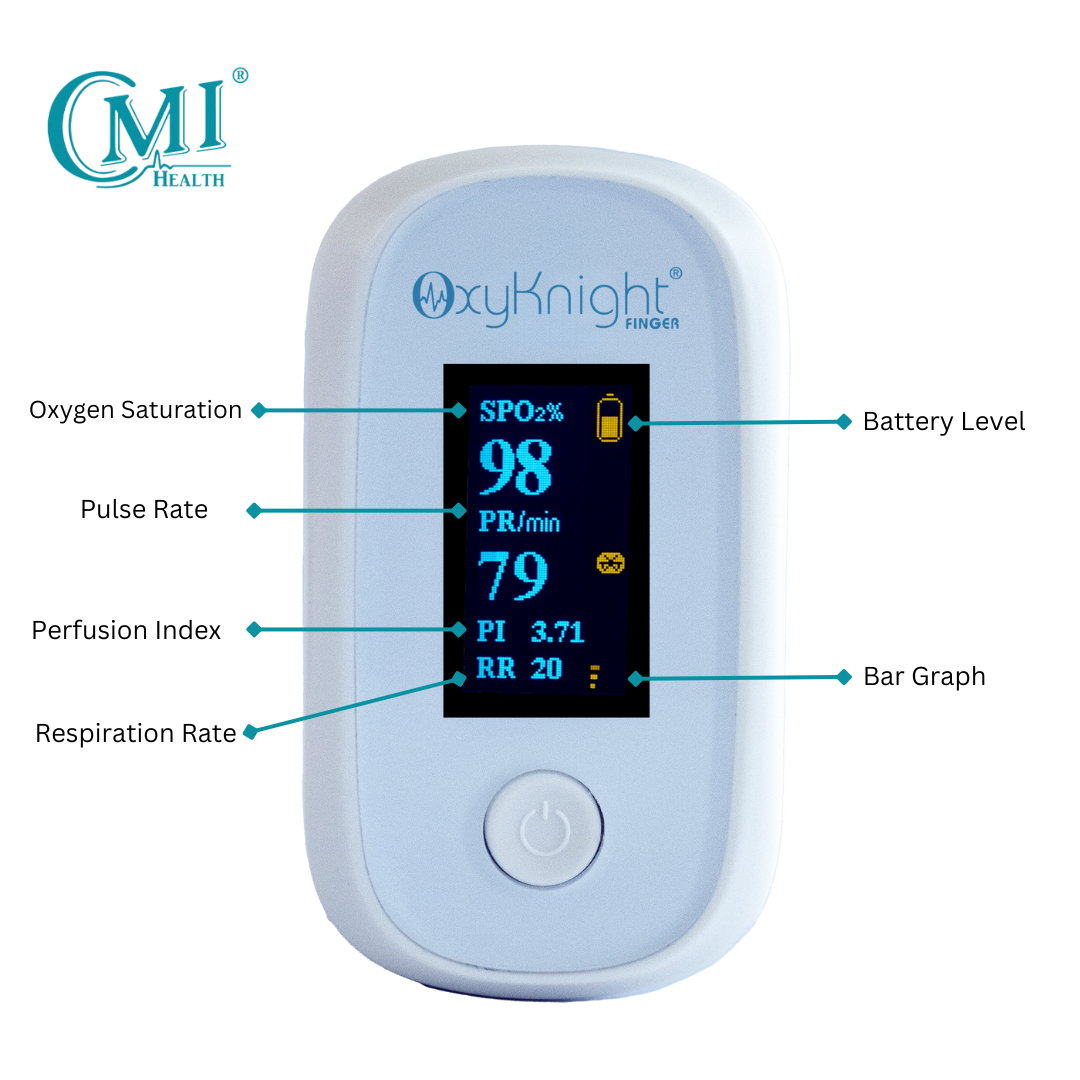
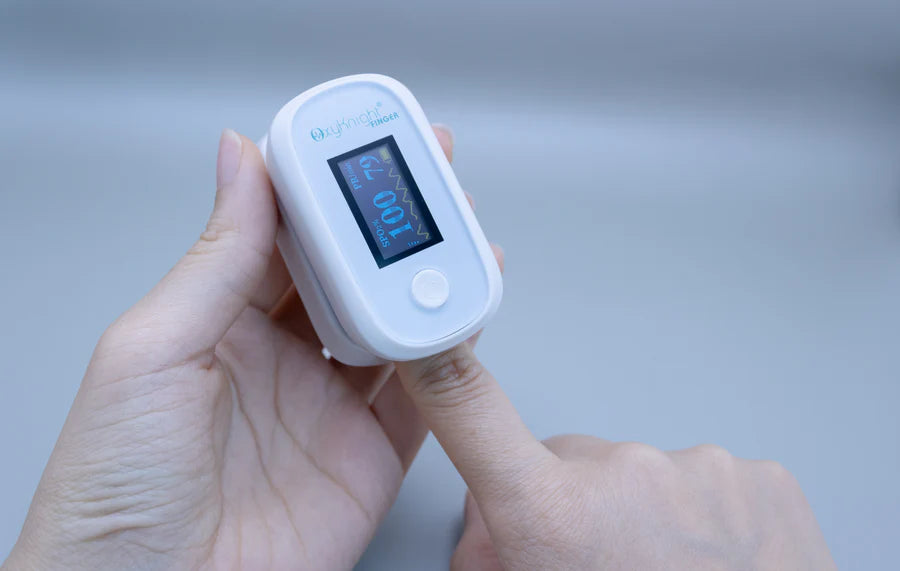
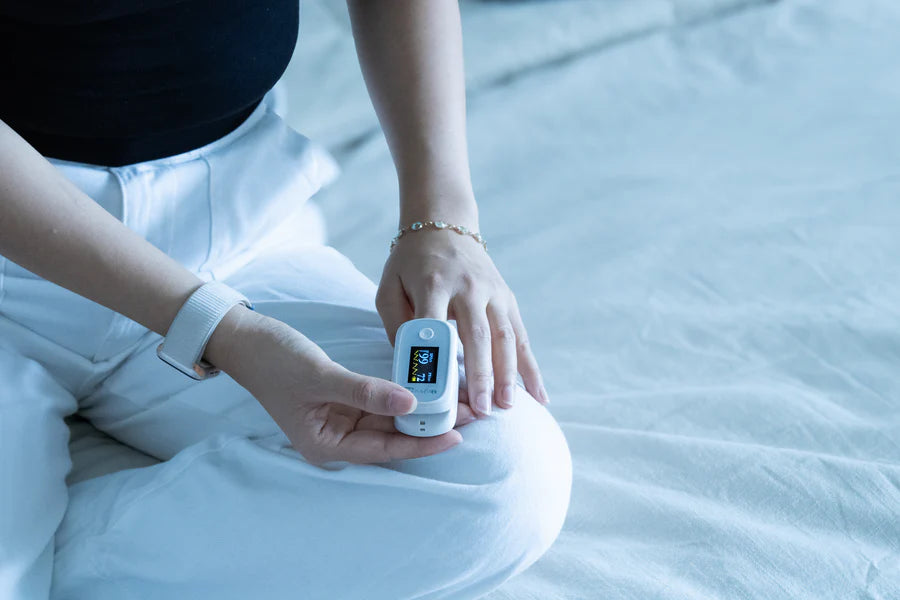
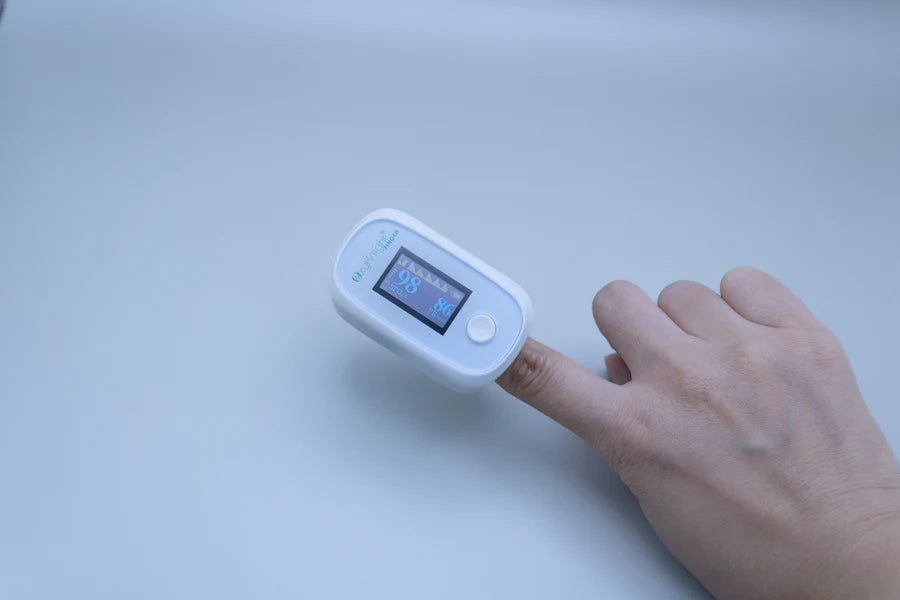
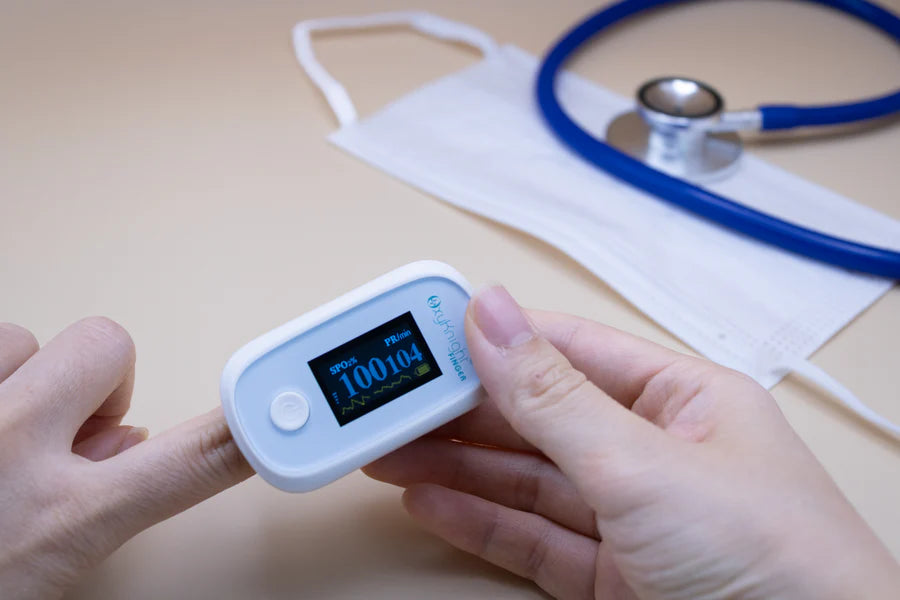
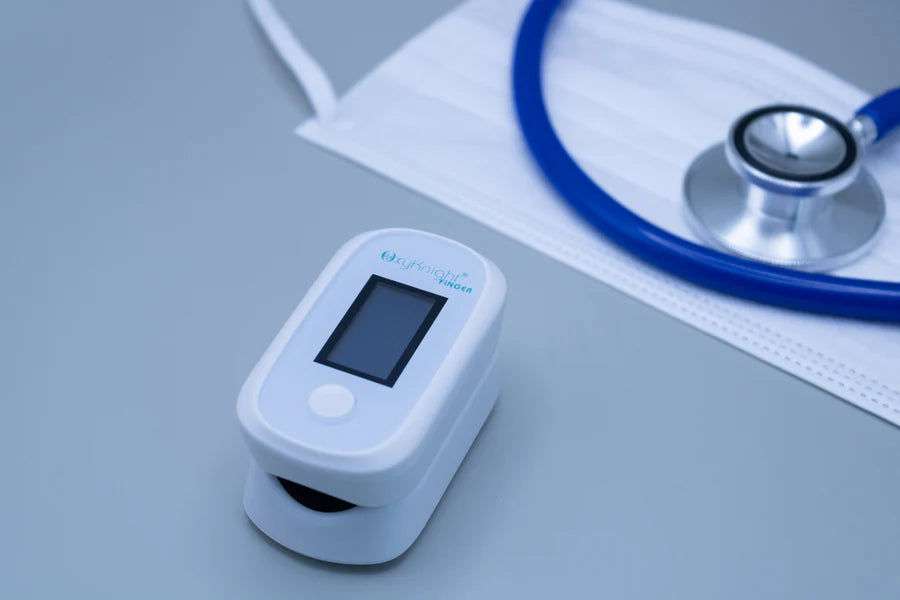



Leave a comment